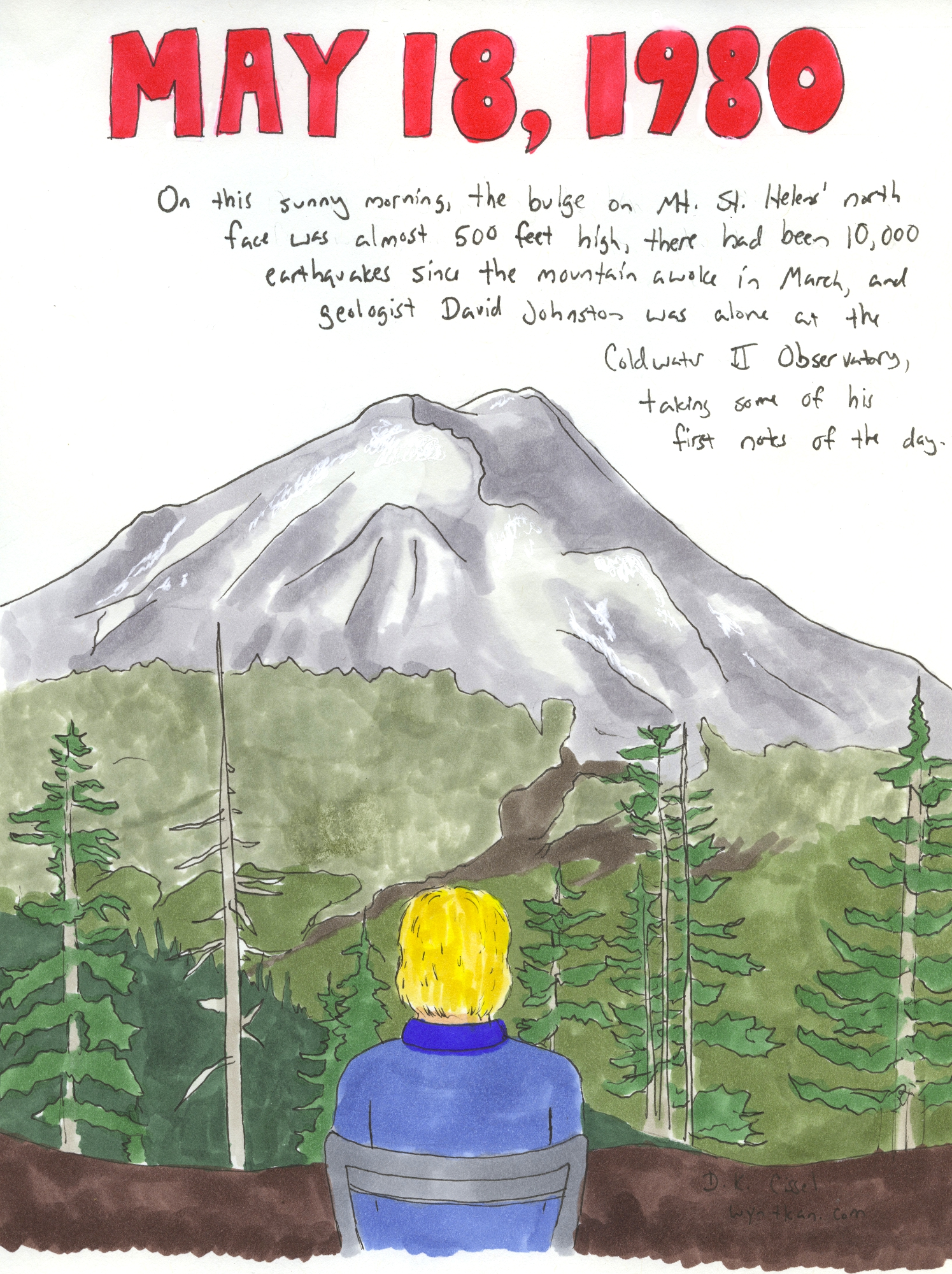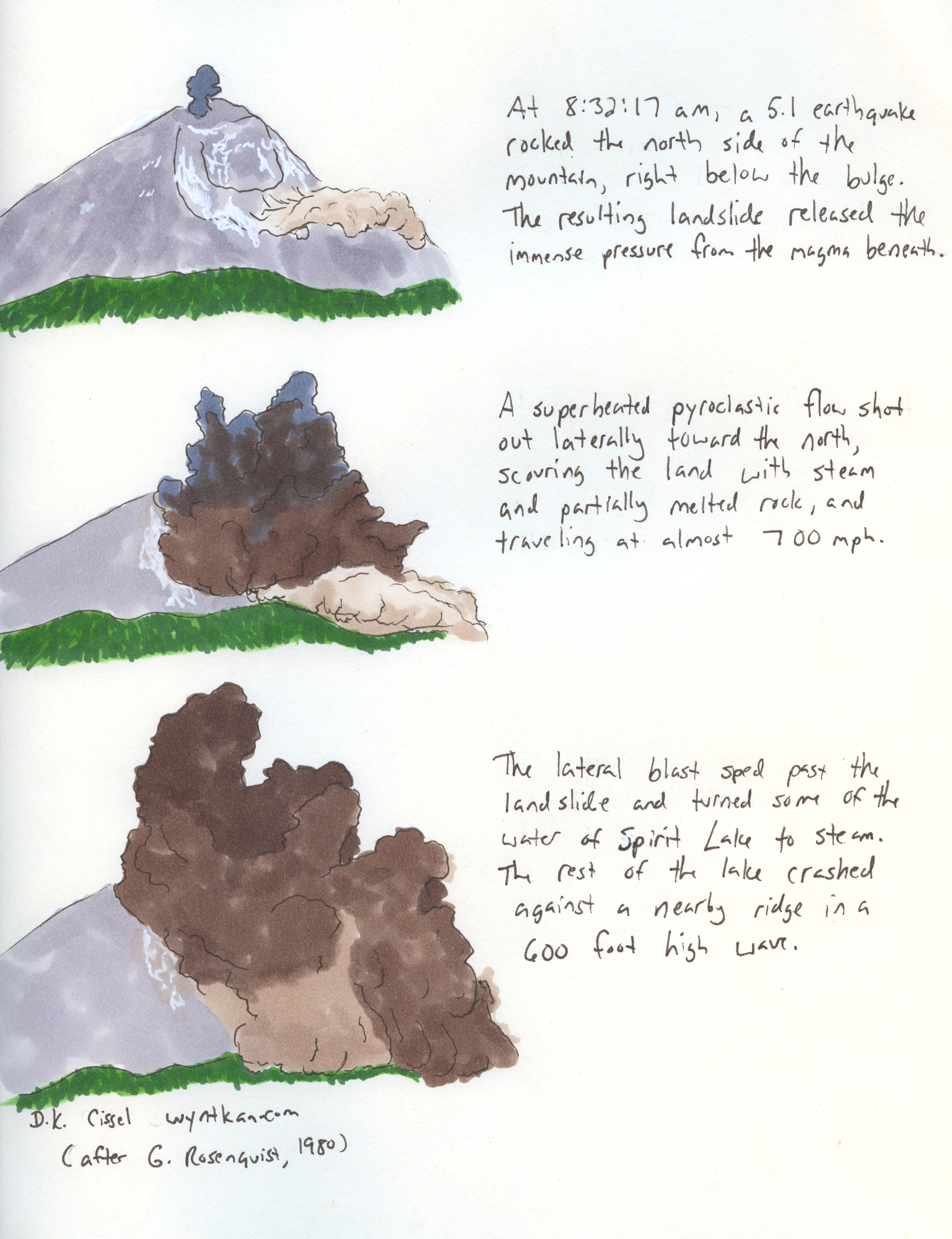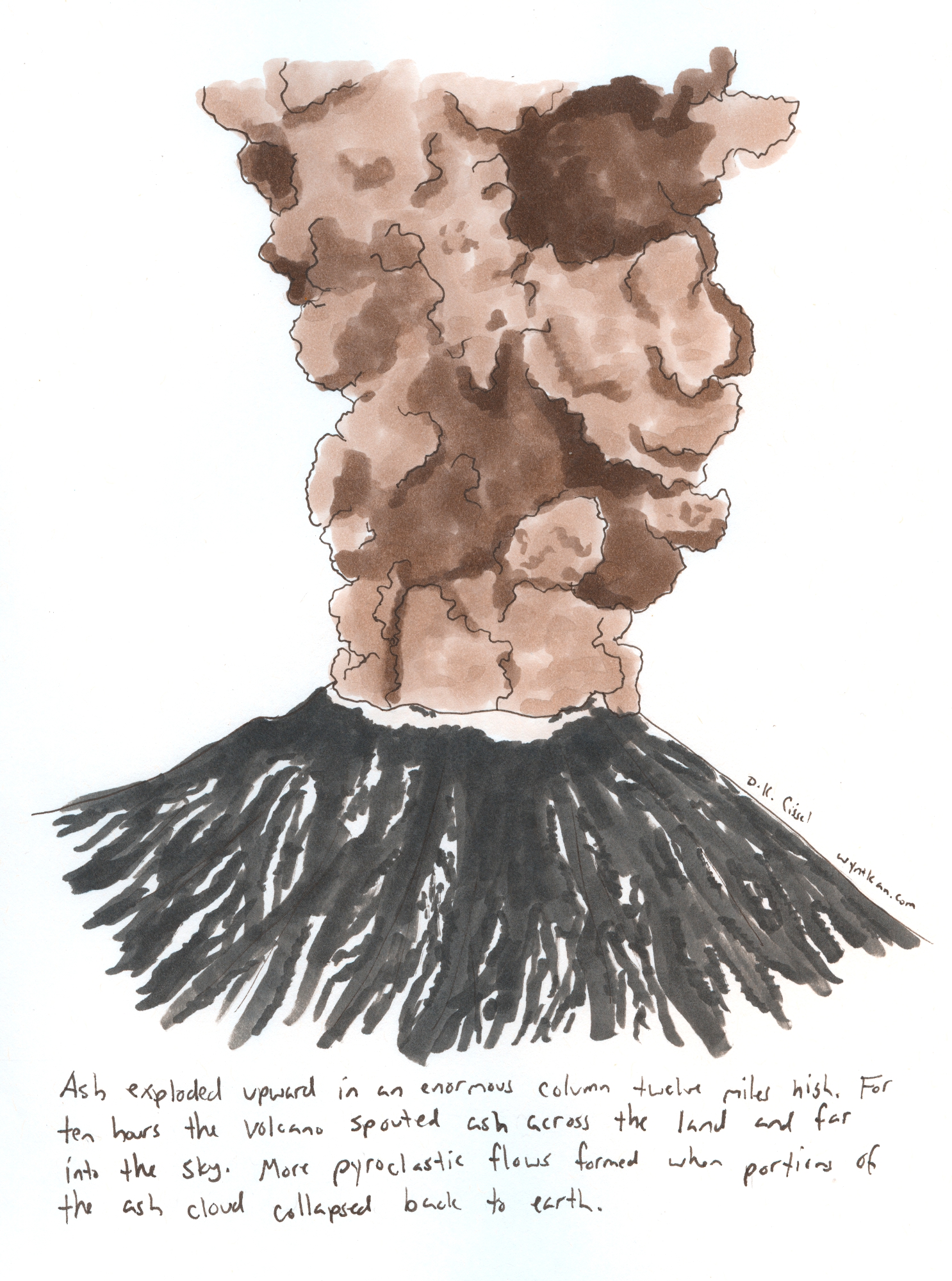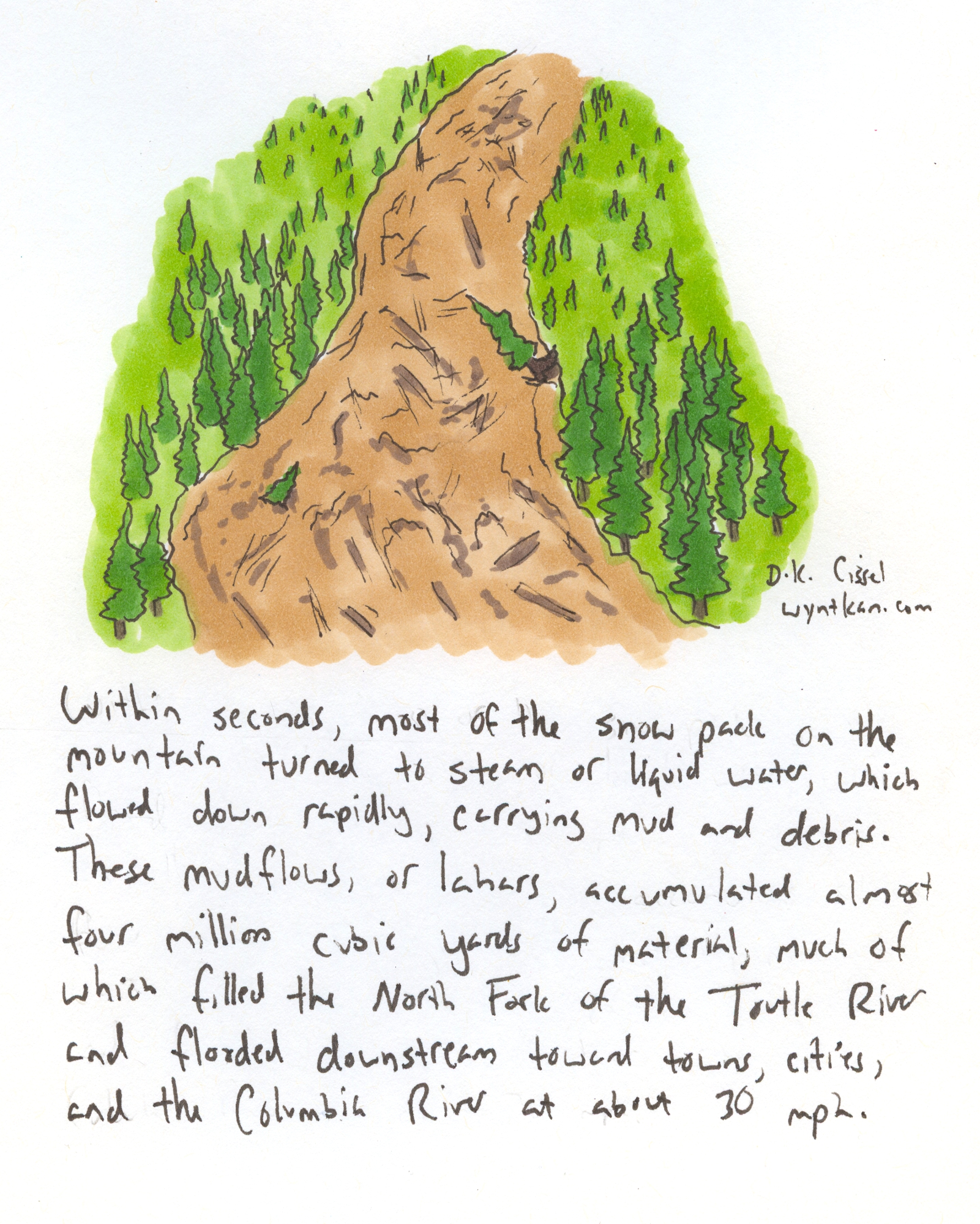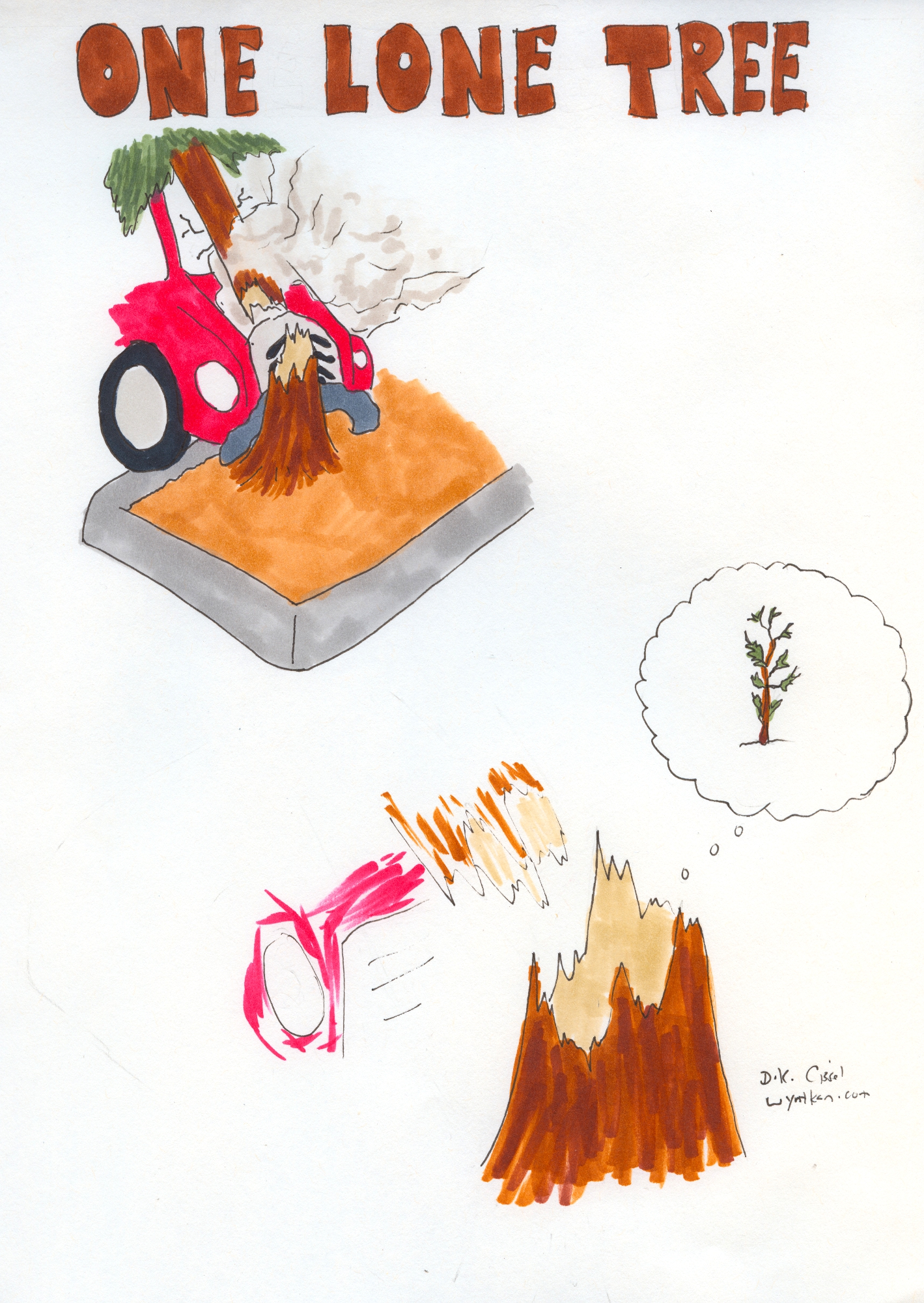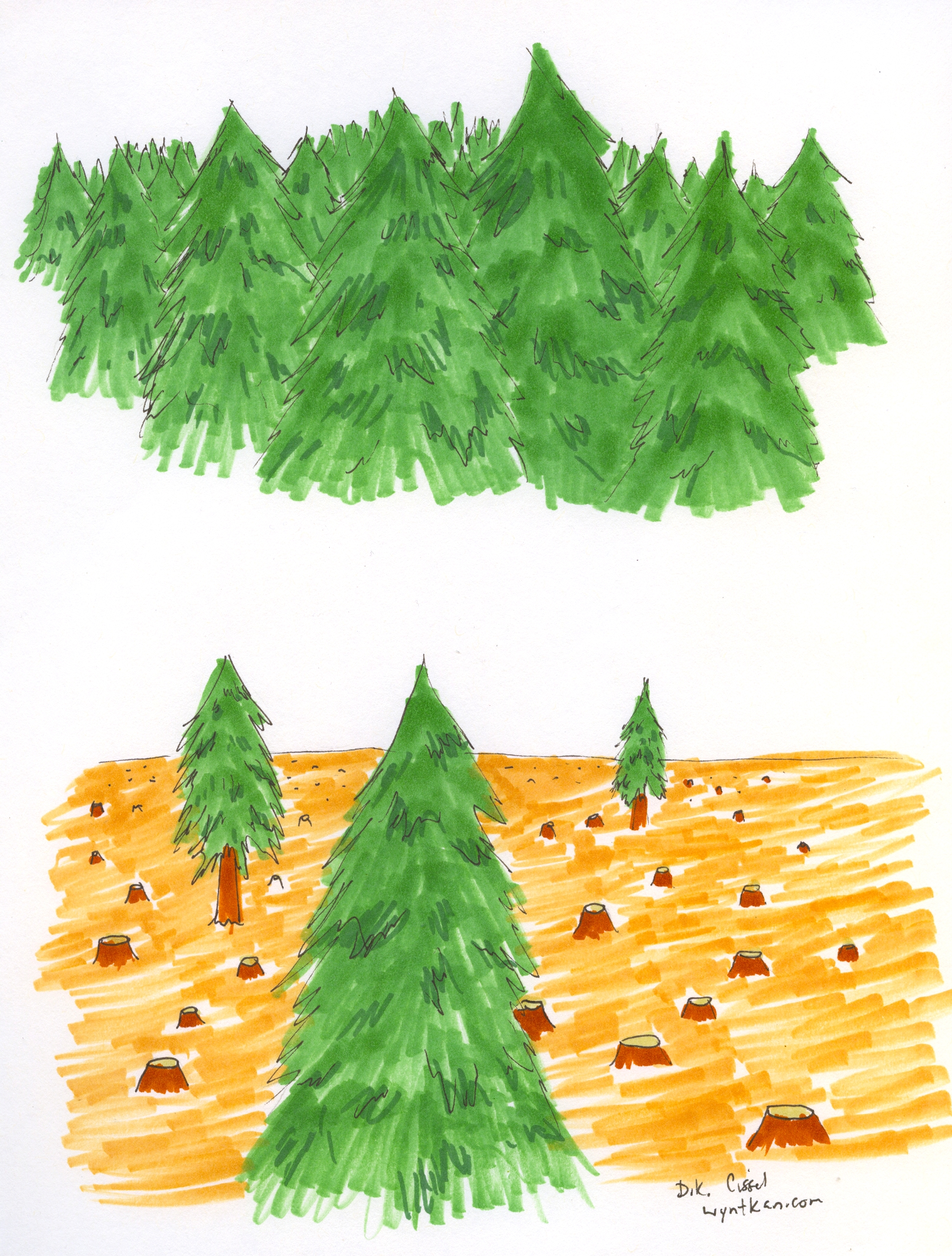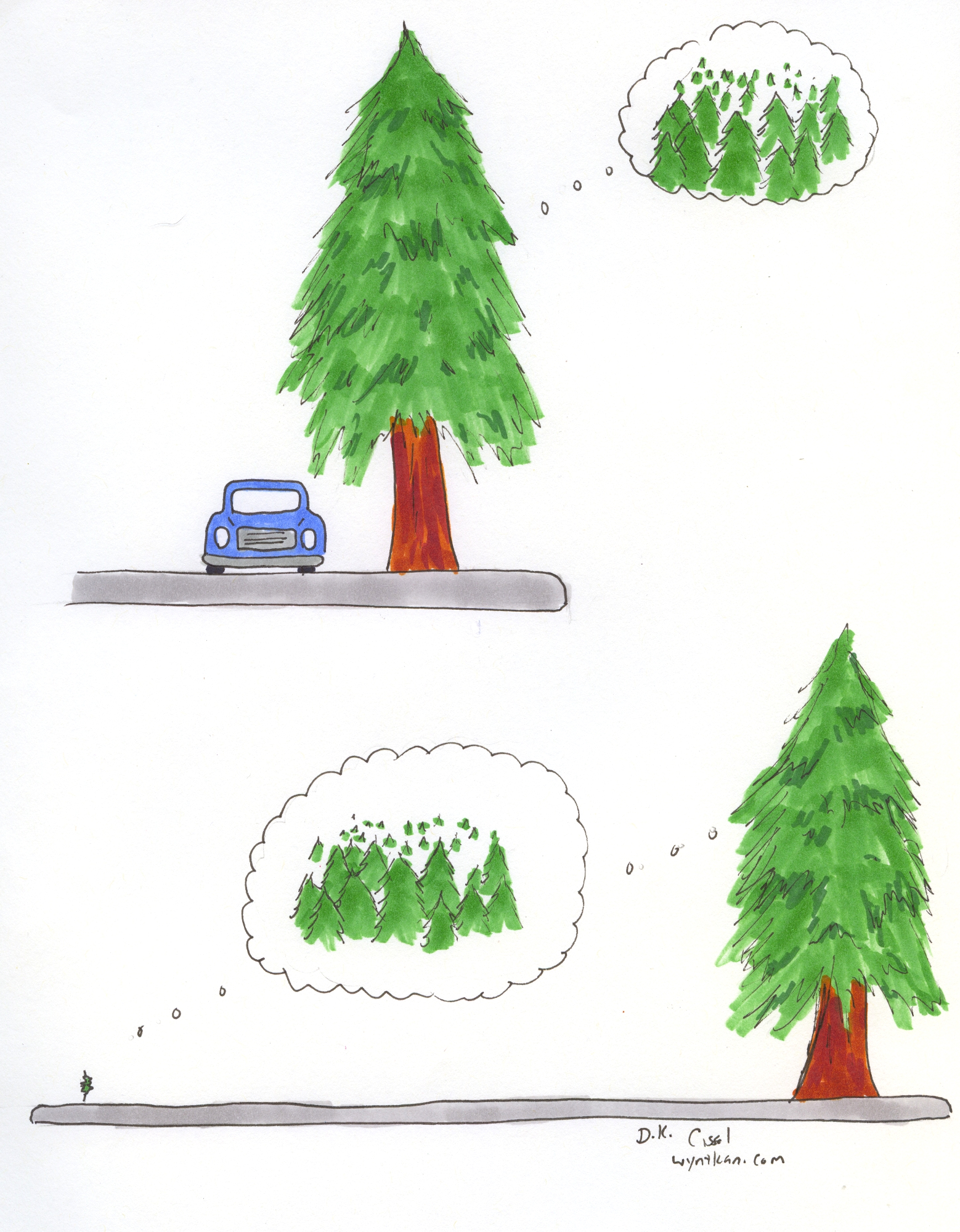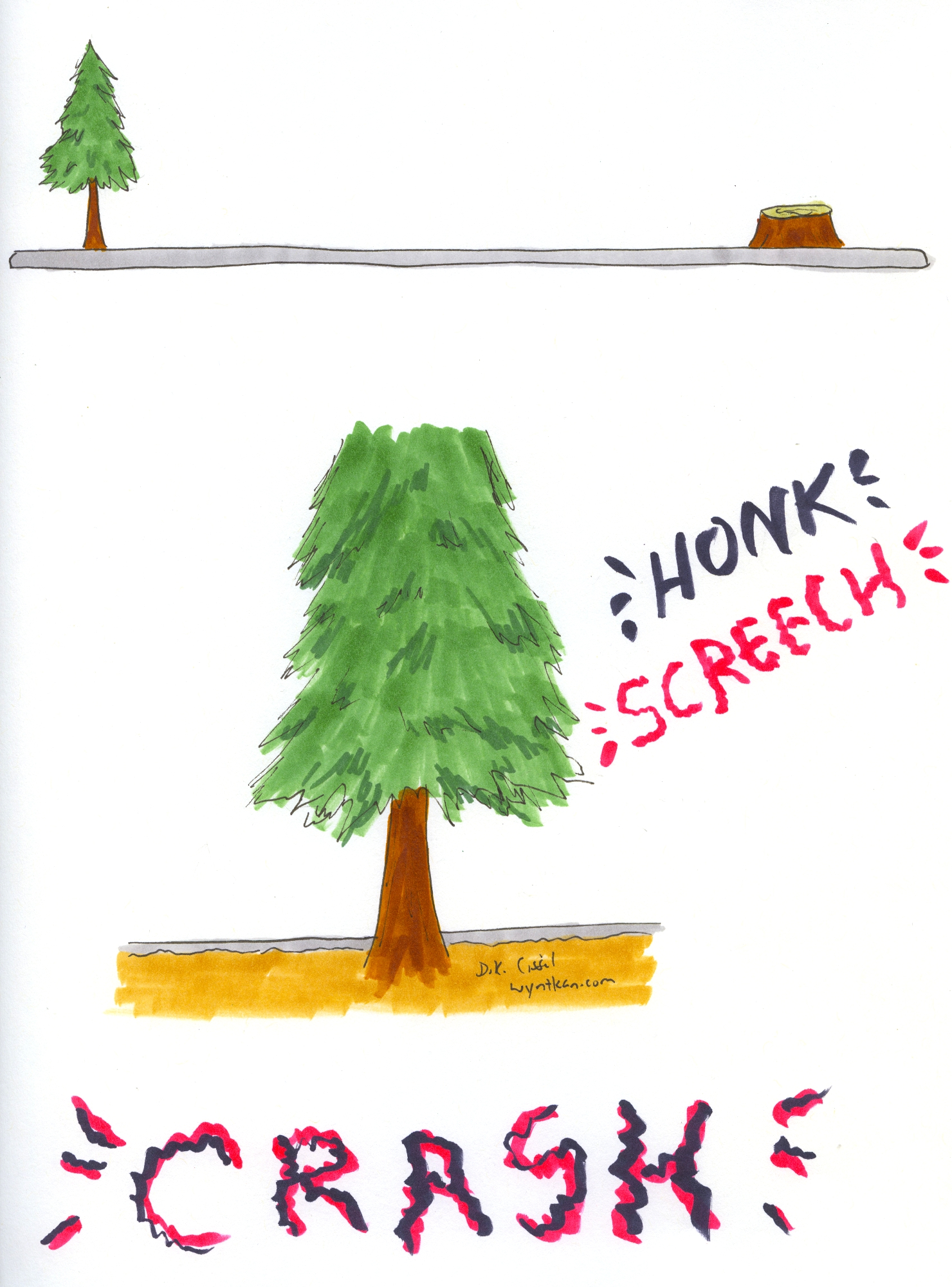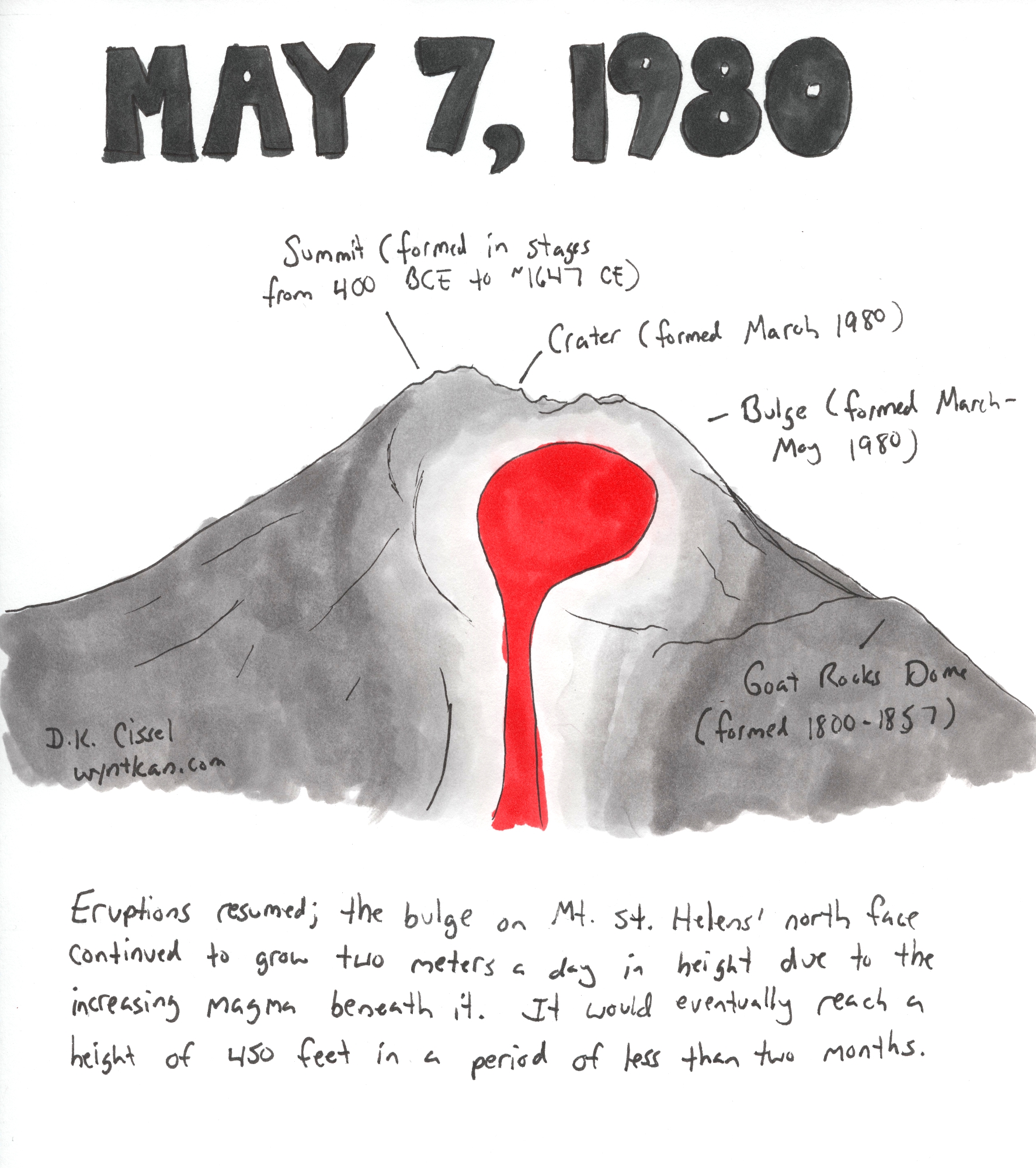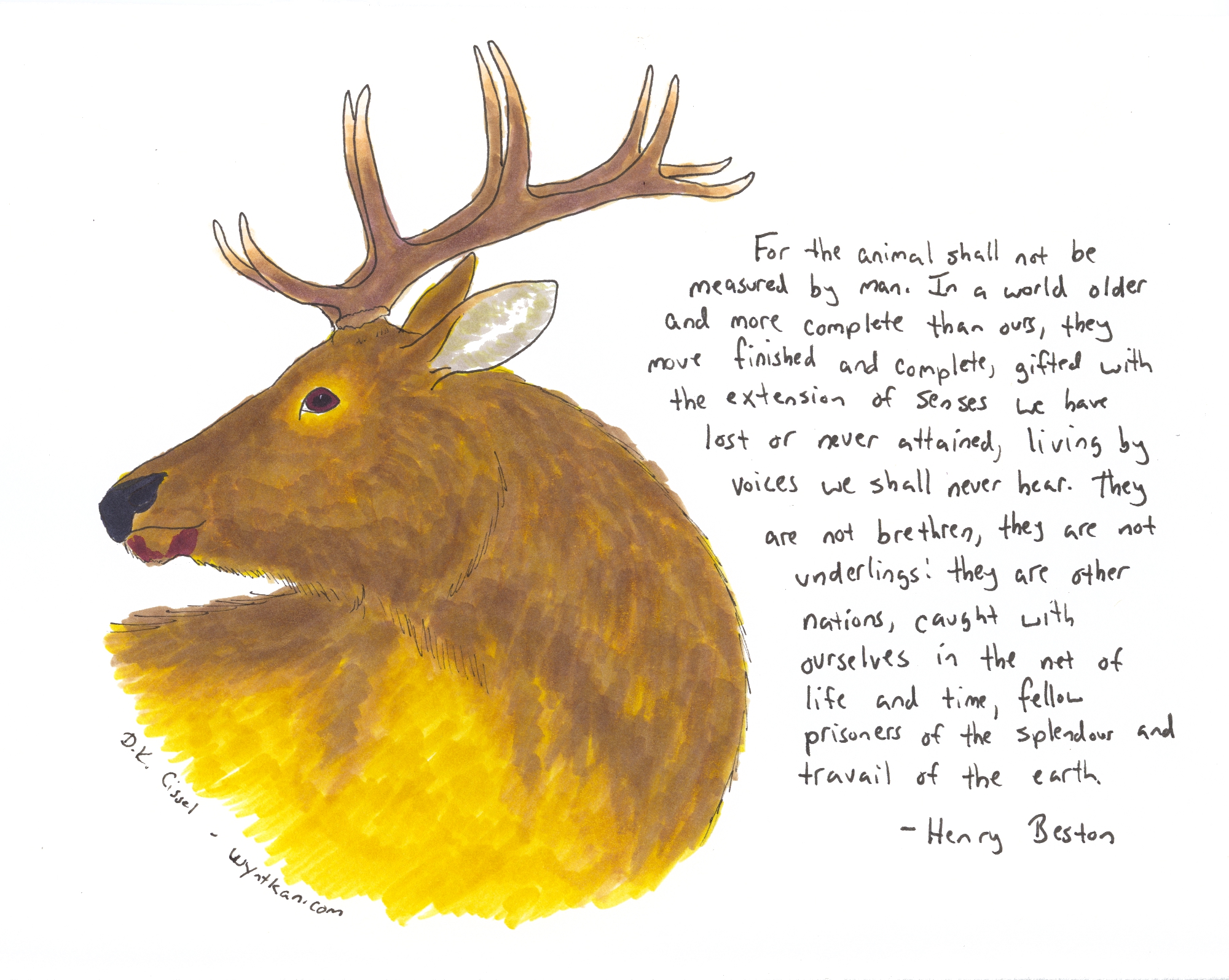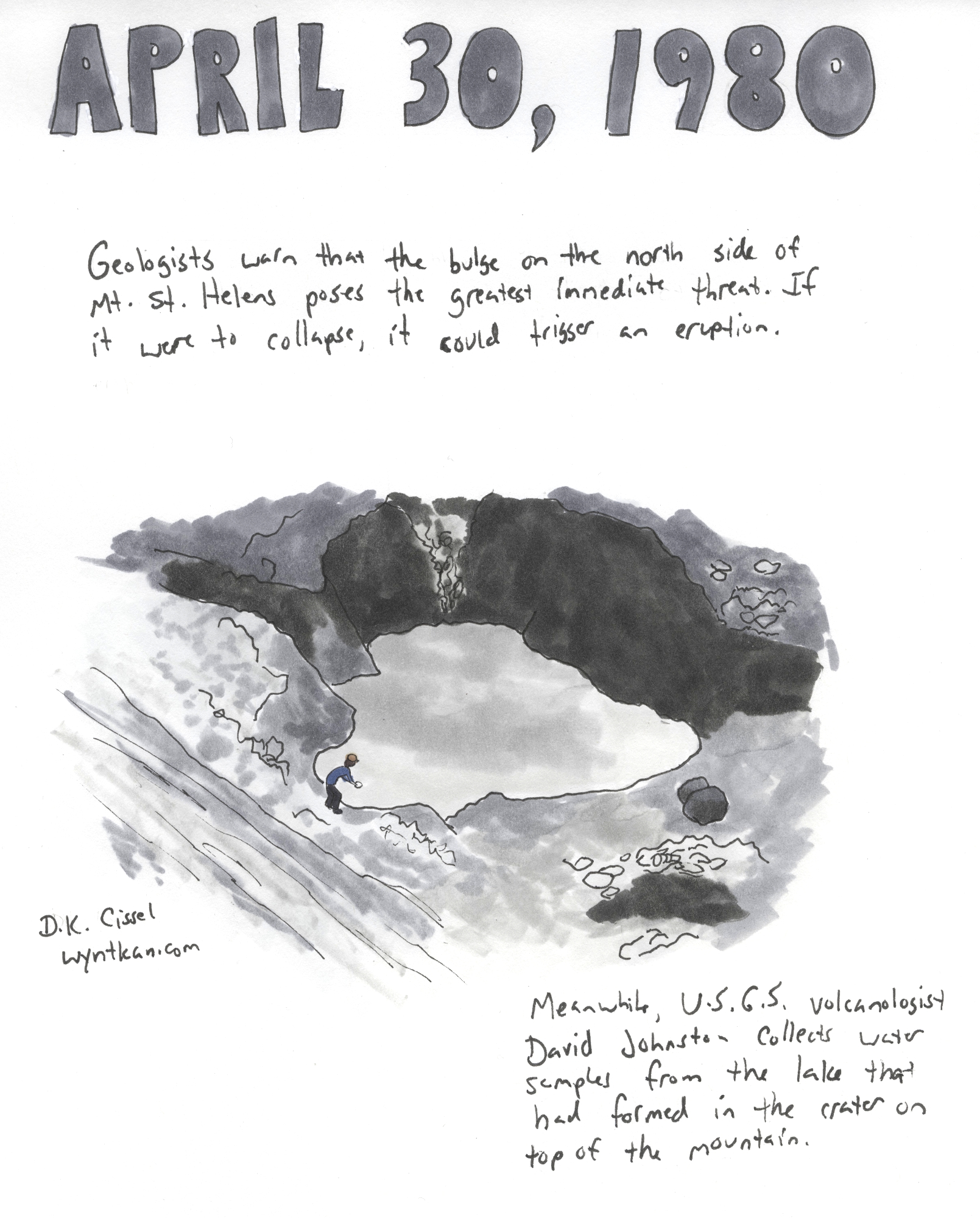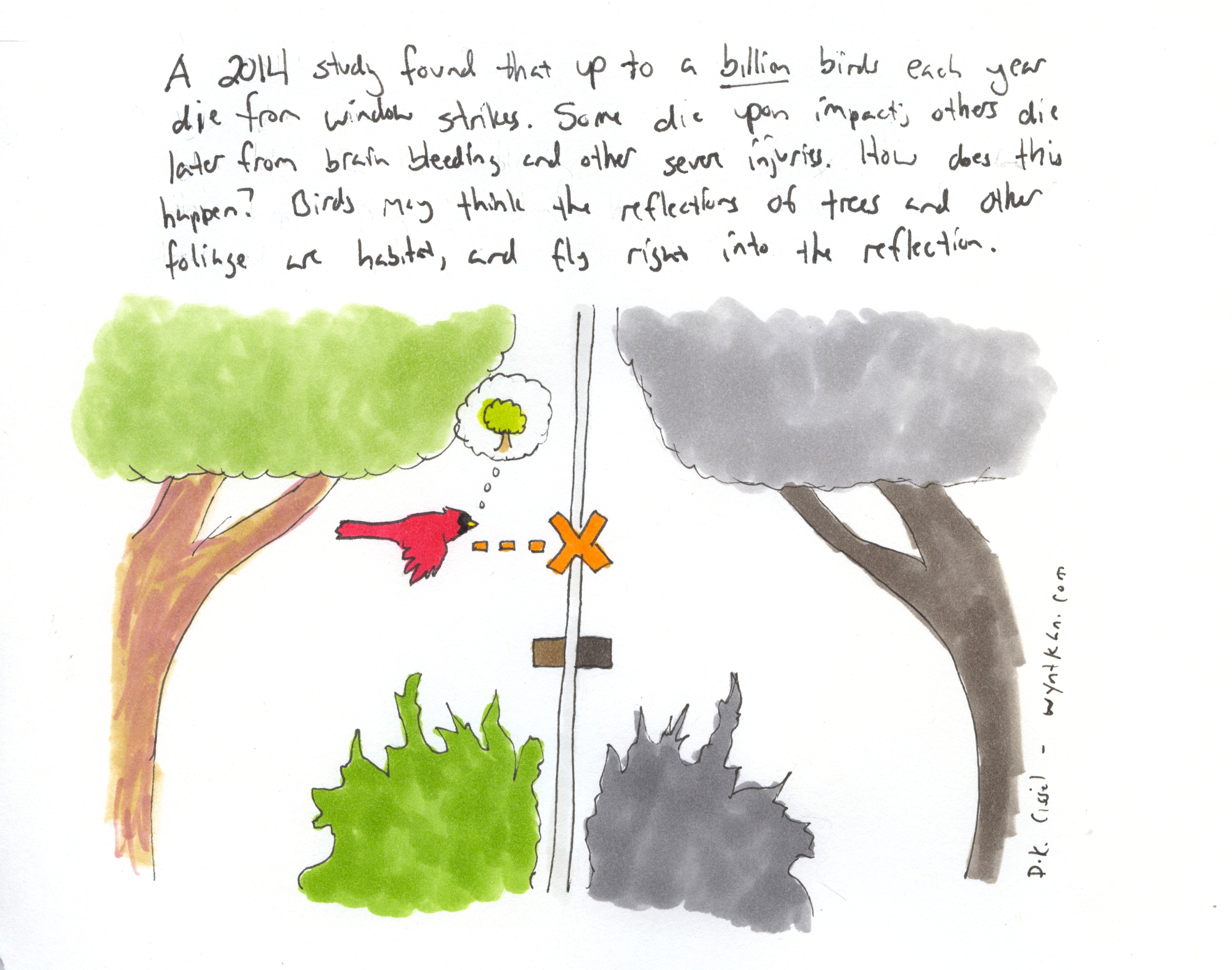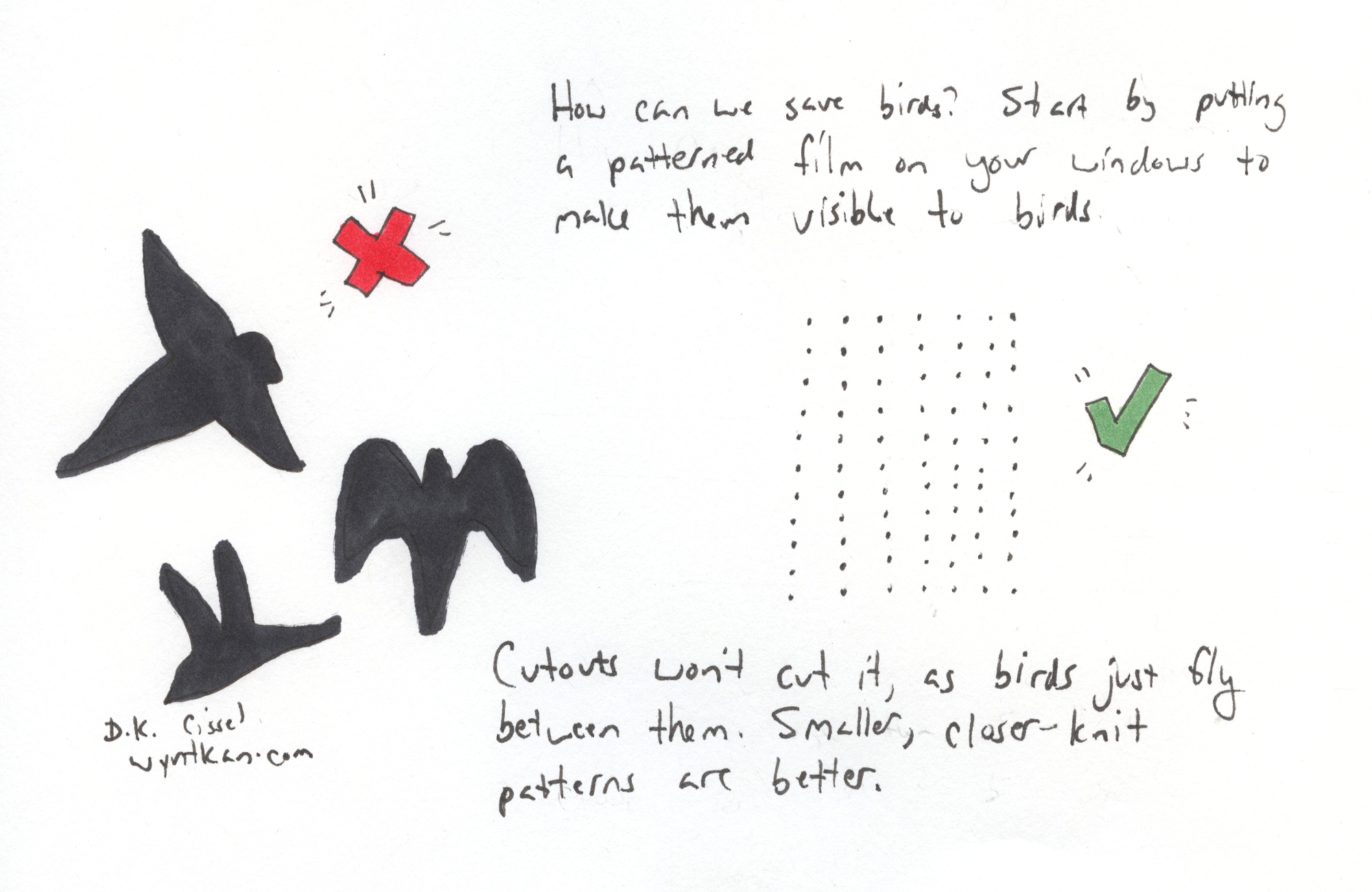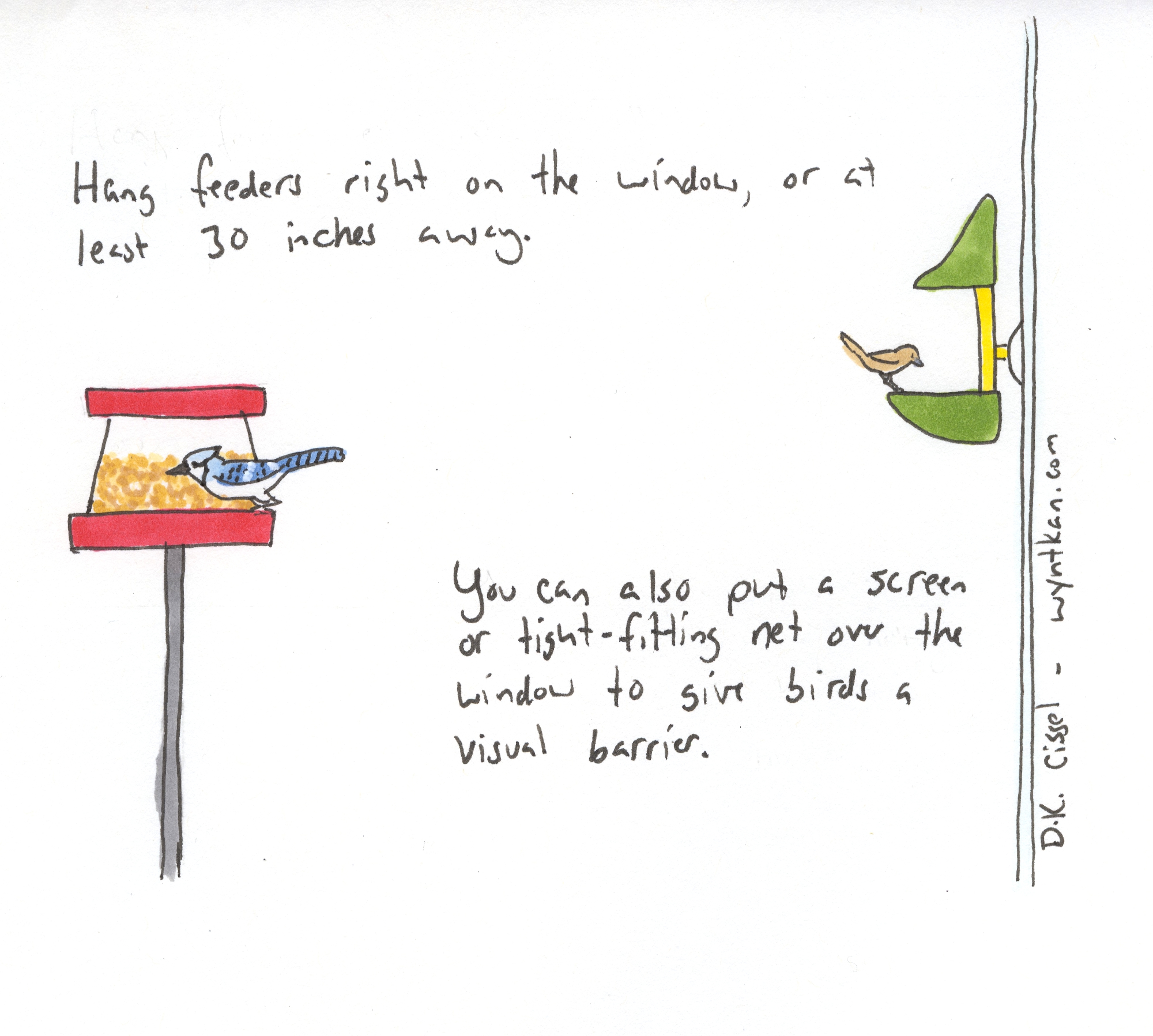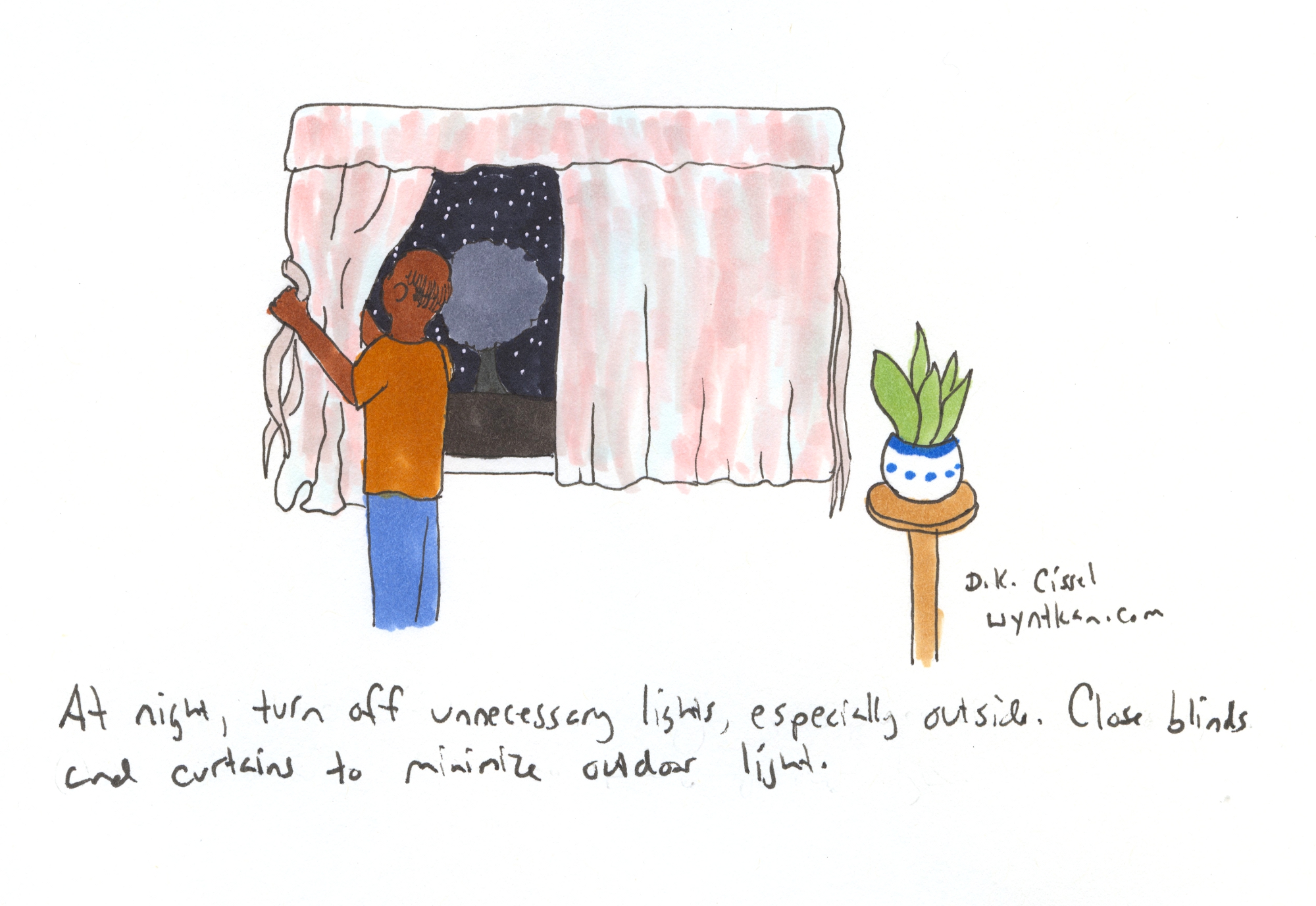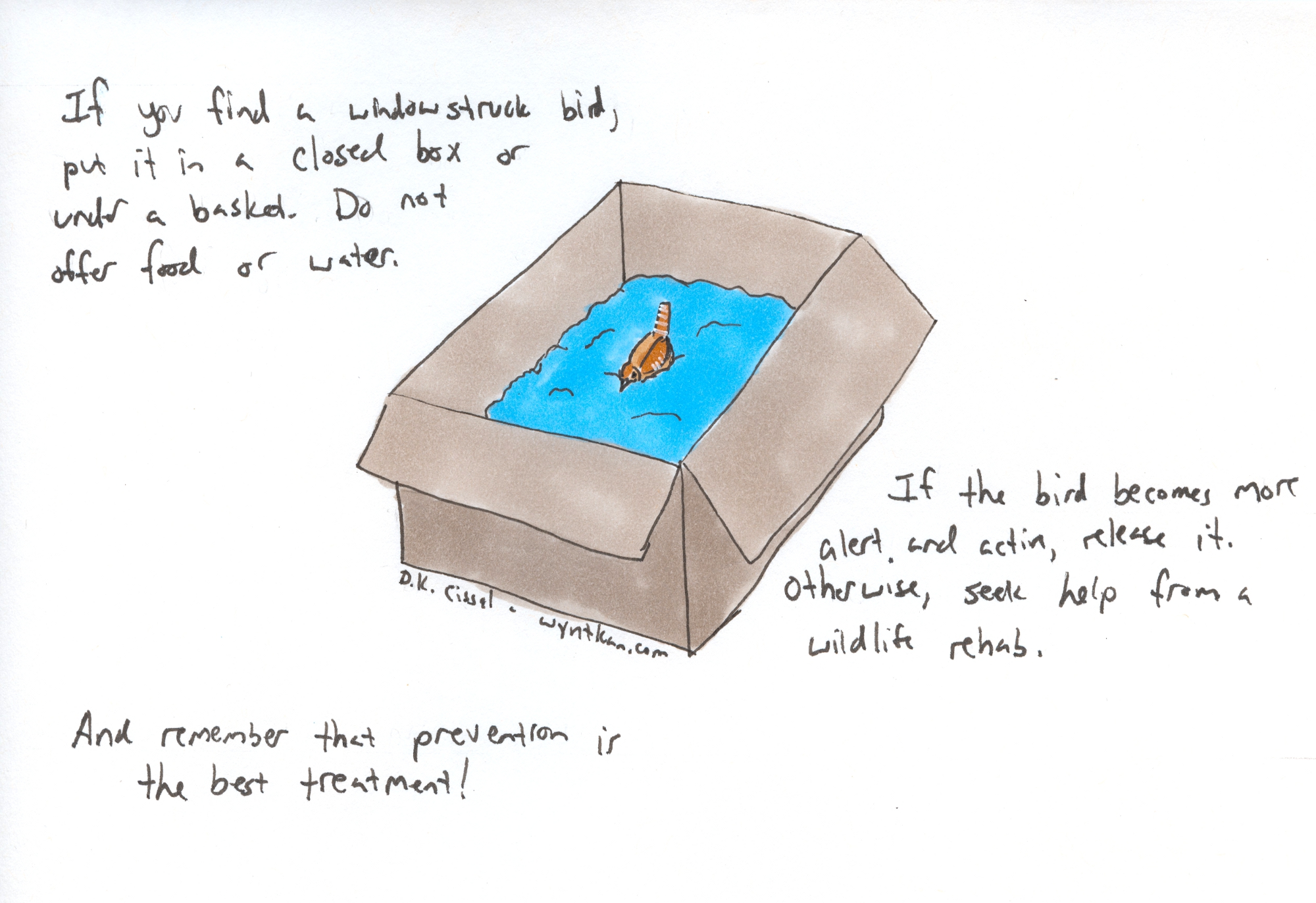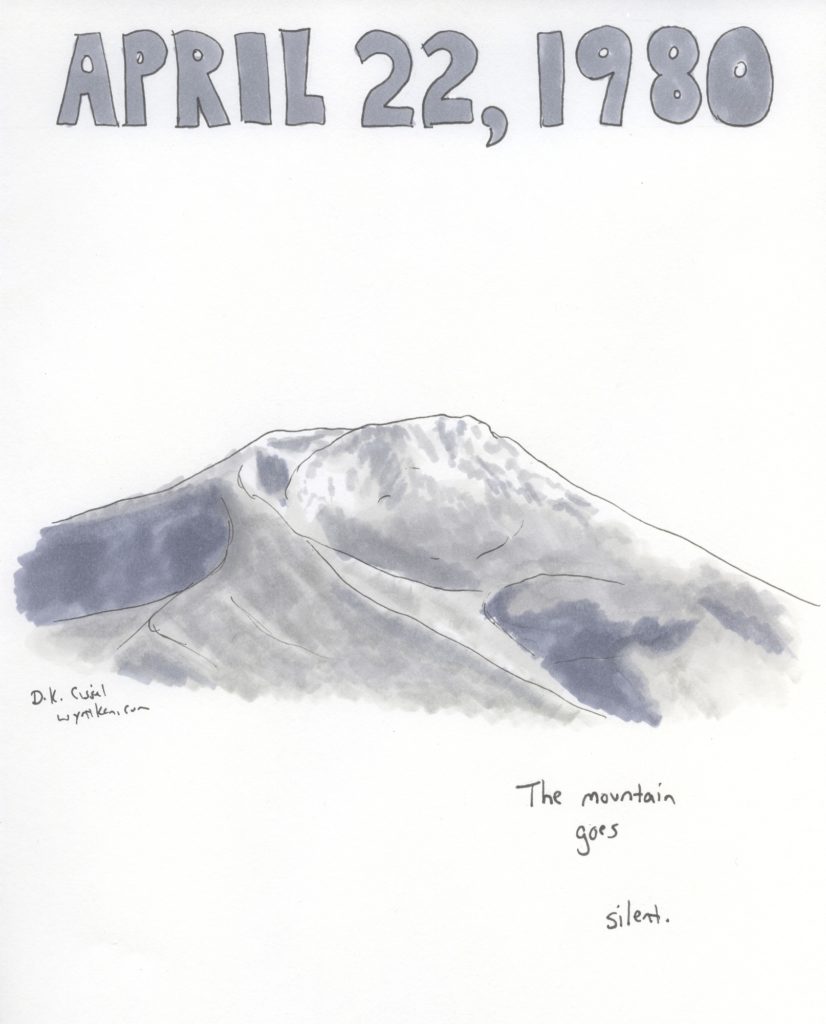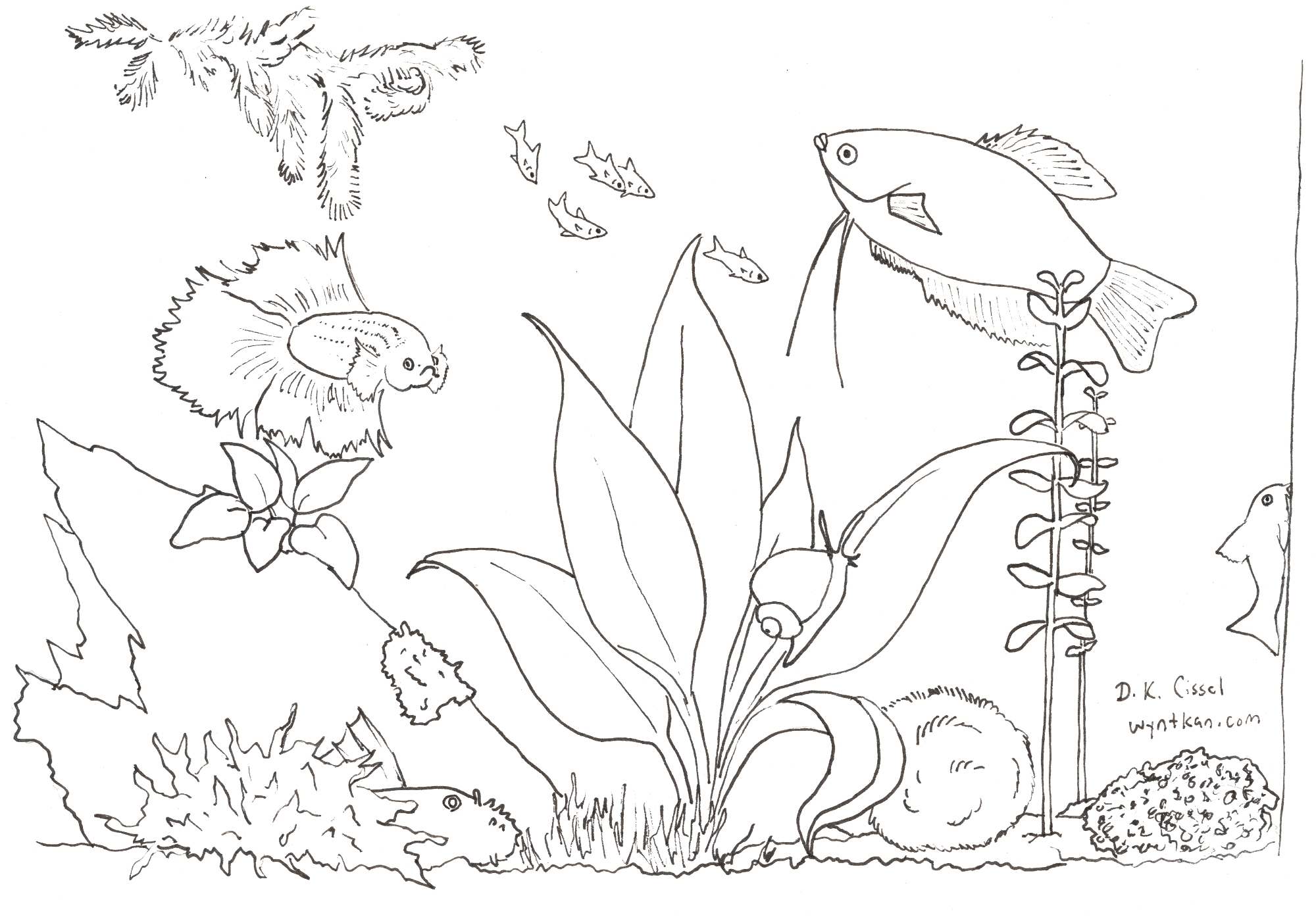
Just something a little fun today! My family kept a couple good-sized aquariums when I was a kid, and I loved watching the fish swim around there. I could use some nice, calming energy, so here, have a coloring page based on my fond memories.
Species represented: hornwort (Ceratophylum dermersum), dwarf Anubias (Anubias nana), Java moss (Vesicularia dubyana), dwarf baby tears (Hemianthus callitrichoides), dwarf hair grass (Eleocharis parvula), Java fern (Microsorum pteropus), marimo ball (Aegagropila linnaei), blue water hyssop (Bacopa caroliniana), Micranthemum tweediei “Monte Carlo”, bristlenose plecostemus (Ancistrus sp.), betta (Betta splendens), neon tetra (Paracheirodon innesi), blue gourami (Trichopodus trichopterus), pepper cory (Corydoras paleatus), mystery snail (Pomacea bridgesii)

